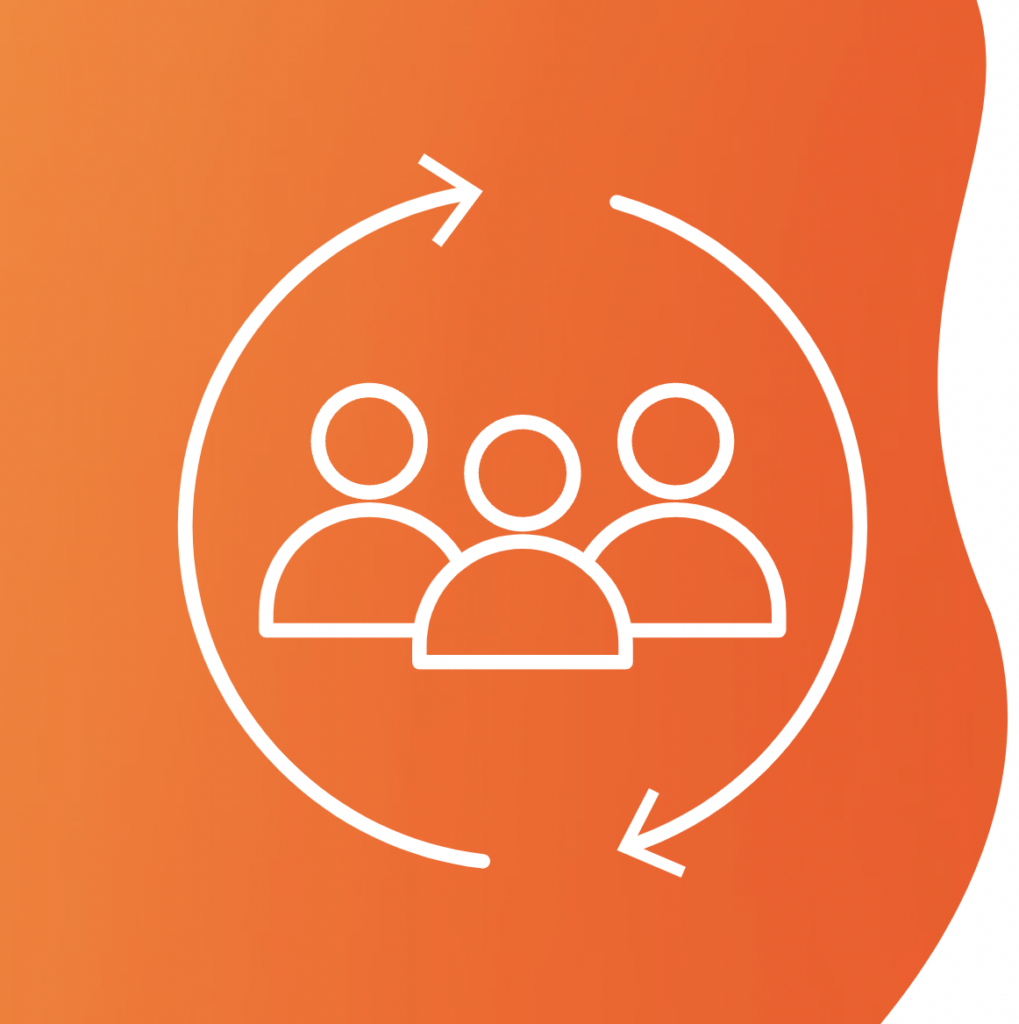
Managing a SaaS? Then this is key: Understanding Customer experience analytics



Are you getting the most value out of your customer experience data? Understanding how your customers truly feel about their interactions with your business can be helpful.
Customer experience analytics data allows you to reduce customer churn, increase satisfaction, and identify areas for improvement in your products. In the end, this leads to more sales and longer customer retention.
This blog will cover how you can analyze your customer experience data and what metrics to track.
Understanding Customer Experience Analytics
What is customer experience analytics?
Customer experience analytics means collecting and analyzing data about how customers interact with a product or service.
The core idea is to gain insights into the customer's perspective by examining quantitative data like metrics, ratings, and sales numbers and qualitative data like comments, reviews, and survey responses. This gives a well-rounded view of what customers think and feel.
Now, let’s see why it’s important to track CX metrics.
Interested to boost your customer experience? Try Product Fruits out for free for 14 days, no card or coding is required.
Importance of tracking customer experience metrics
By tracking customer experience metrics, you can:
- Identify areas for improvement: Businesses can pinpoint specific areas that require attention, such as lengthy wait times, confusing user interfaces, or inadequate product information.
- Identify pain points: Metrics can reveal specific touchpoints or interactions that frustrate customers, which leads to negative experiences and potential churn.
- Monitor online experience: Website analytics, including bounce rates, conversion rates, and user behavior data, can indicate issues with your online platforms that may impact the customer experience.
- Benchmark performance: Comparing your customer experience metrics to industry benchmarks or competitors can help you identify areas where you excel or fall behind.
Key performance indicators (KPIs) and metrics for customer experience
This section will outline the important metrics for customer experience analytics and how to use them.
Customer satisfaction (CSAT) score
Customer satisfaction (CSAT) is a metric that measures customer satisfaction with a particular product, service, or interaction with your company.
It is a direct indicator of how well you are meeting customer expectations and delivering positive experiences. High customer satisfaction often leads to increased loyalty, repeat business, and positive word-of-mouth recommendations.
How to measure CSAT
CSAT is typically measured through customer surveys, where customers are asked to rate their satisfaction on a scale, often from 1 to 5 or 1 to 10. These surveys can be sent after specific interactions, such as a support call, a product purchase, or at regular intervals.
The most common way to calculate CSAT is to divide the number of satisfied customers (those who gave a rating of 4 or 5 on a 5-point scale or 8 or higher on a 10-point scale) by the total number of respondents and then multiply by 100 to get a percentage.
CSAT surveys can also include open-ended questions to gather qualitative feedback. It provides context and insights into areas where customers are particularly satisfied or dissatisfied.
Net promoter score (NPS)
Net promoter score (NPS) is a simple way to measure how likely your customers are to recommend your product or service to others. It helps you understand customer loyalty and overall experience.

How to measure NPS
You ask the customer a simple question: "On a scale of 0 to 10, how likely are you to recommend our product/service/company to a friend or colleague?"
Based on their rating:
- 9-10 = Promoters (loyal enthusiasts likely to buy more and refer others)
- 7-8 = Passives (satisfied but not excited)
- 0-6 = Detractors (unhappy customers who may discourage others)
To calculate the NPS, the percentage of detractors is subtracted from the percentage of promoters. For example, if 60% of respondents are promoters and 20% are detractors, the NPS would be 60% - 20% = 40%.
NPS can range from -100 (if all respondents are detractors) to +100 (if all respondents are promoters). A positive NPS is generally considered good, with scores above 50 being excellent.
Learn more about this 👉 How to Calculate Net Promoter Score: A Practical Guide for Product Managers
Customer effort score (CES)
The Customer effort score (CES) is a metric that measures how much effort a customer has to put in to accomplish a task or resolve an issue when interacting with a company. It focuses on the ease or difficulty of the customer experience rather than overall satisfaction.
How to measure CES
The churn rate can be calculated using the following formula.
CES is measured through a post-interaction survey that asks customers, “How much effort do you have to put forth to handle your request/ issue?”
Customers then rate their experience on the scale, often from 1 to 5 or 1 to 7, where a lower score indicates less effort and vice versa.
To calculate the CES, companies can use the percentage of customers who gave a low-effort rating (e.g., 1 or 2 on a 7-point scale) or calculate an average score across all responses.
This survey may also include follow-up questions to gather more context and qualitative feedback about customers' experiences, such as what they expected to be easy or difficult and what can be improved.
Customer churn rate
Customer churn rate is a metric that measures the percentage of customers who stop using a company’s product or service during a given period. It represents the number of customers lost or “churned” over a specific time, such as a month or a year.

How to measure churn rate
Churn rate = (Number of Customers Lost during a Period / Total Number of Customers at the Start of the Period) x 100
For example, if a company started the month with 1,000 customers and lost 50 customers by the end of the month, the churn rate would be:
Churn rate = (50 / 1,000) x 100 = 5%
Additionally, companies can calculate different types of churn rates, such as customer churn rate (losing customers entirely) or revenue churn rate (customers downgrading or reducing their spending).
Learn more about this 👉 5 Reasons Users Churn And How to Prevent It From Happening
First response time
First response time refers to the time it takes a customer support team to respond to a customer's initial inquiry or request.
This metric is a key indicator of how quickly a company addresses customer needs. A shorter first response time often leads to higher customer satisfaction, as it shows the company values and prioritizes its customers' concerns.
How to measure first response time
First response time is measured by tracking the duration between when a customer submits a request (via email, chat, phone, or other channels) and when a customer service representative responds with an initial acknowledgment or response.
To calculate the first response time, companies can use the following formula:
First response time = (Time of First Response - Time of Customer Inquiry) / Total Number of Inquiries
For example, if a customer submits an inquiry at 9:00 AM and receives an initial response at 9:30 AM, the first response time for that inquiry would be 30 minutes.
Companies often set target goals for first response times based on industry standards or customer expectations. These targets may vary across different communication channels (e.g., faster response times for live chat than email).
Average resolution time
Average resolution time is the average time it takes to resolve a customer issue from the moment it is reported until it is fully resolved. The quicker an issue is resolved, the happier the customer will likely be.
How to measure average resolution time
To calculate the average resolution time, you need to track the total time it takes to resolve each customer issue or support request and then calculate the average across all resolved cases within a specific period.
Here's the formula:
Average resolution time = Total Time to Resolve All Cases / Total Number of Resolved Cases
For example, if during a month, your support team resolved 100 cases, and the total time taken to resolve those cases was 500 hours, the average resolution time would be:
Average Resolution Time = 500 hours / 100 cases = 5 hours per case
Companies can also categorize issues based on complexity or severity and measure each category's average resolution time to understand better and optimize their support processes.
Customer lifetime value (CLV)
Customer Lifetime Value (CLV) is a metric that represents the total revenue a business can reasonably expect from a single customer over the entire duration of their relationship with the company. It predicts the net profit a customer will generate throughout their lifetime.
Instead of focusing solely on short-term transactions, CLV provides a broader perspective on customer profitability. Companies can use this metric to make informed decisions about customer acquisition, retention strategies, and resource allocation.

How to measure CLV
Calculating CLV involves several components, including the average purchase value, purchase frequency, customer lifespan, and profit margins. Here's a simplified formula:
CLV = (Average Purchase Value x Average Purchase Frequency) x Average Customer Lifespan
For example, if a customer spends an average of $50 per purchase, makes four purchases per year, and remains a customer for five years, their CLV would be:
CLV = ($50 x 4) x 5 years = $1,000
More advanced CLV calculations may also factor in customer acquisition costs, discount rates, and other variables.
Note: CLV calculations can vary based on the industry, business model, and available data. Some companies may segment their customers and calculate CLV for different customer groups or cohorts to gain more granular insights.
Conduct a customer experience analysis
A customer experience analysis will help your product grow in the right direction. The more you understand your users' wants, needs, and expectations, the more likely they will have a positive experience.

Here is how you conduct a customer experience analysis:
- Identify customer touchpoints: Map out all the touchpoints in the customer journey. These touchpoints can include website, social media, customer service, etc.
- Collect customer data: Gather data from various sources (surveys, feedback forms, social media), as well as quantitative data (ratings, scores) and qualitative data (comments, reviews) to have a comprehensive understanding of the experience.
- Analyze the data: Use analytics tools to identify patterns and trends. It’s also helpful to create a “sentiment analysis” to understand customer emotions and perceptions. This will help identify areas of strength and areas for improvement.
- Prioritize improvements: Based on the analysis, identify the most critical areas for improvement. Once found, prioritize based on the impact on customer experience and business goals.
- Implement changes: Develop an action plan to address the identified areas for improvement. Remember to monitor and measure the impact of the changes.
With Product Fruits, you have full control over the customer experience from A-to-Z
Our study found that almost a third of users rely on onboarding to reduce customer support tickets. SO keeping an eye on analytics and the next steps is crucial.
Product Fruits acts as your go-to stop when it comes to customer experience. With powerful adoption and onboarding features, analytics, and the ability to customize the flow to each user -- it’s your customer experience sidekick.
It’s made for Product Managers, which means no coding is required. It’s as simple as dragging and dropping your elements into place.
Interested to boost your customer experience? Try Product Fruits out for free for 14 days, no card or coding is required.









